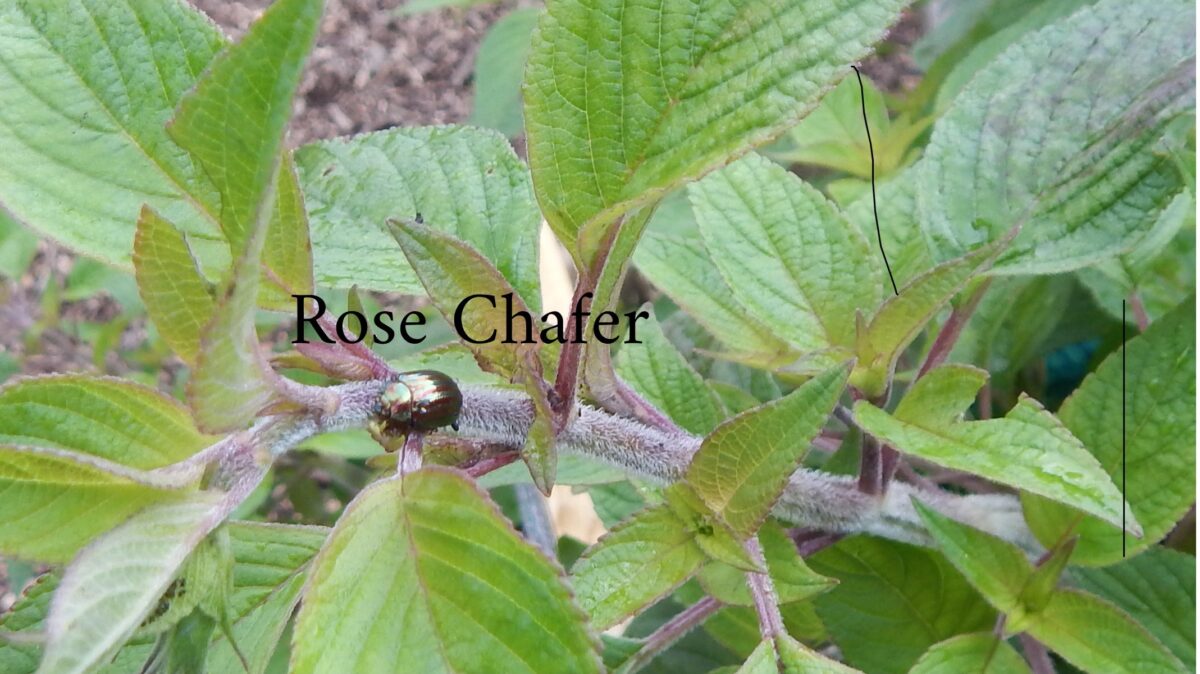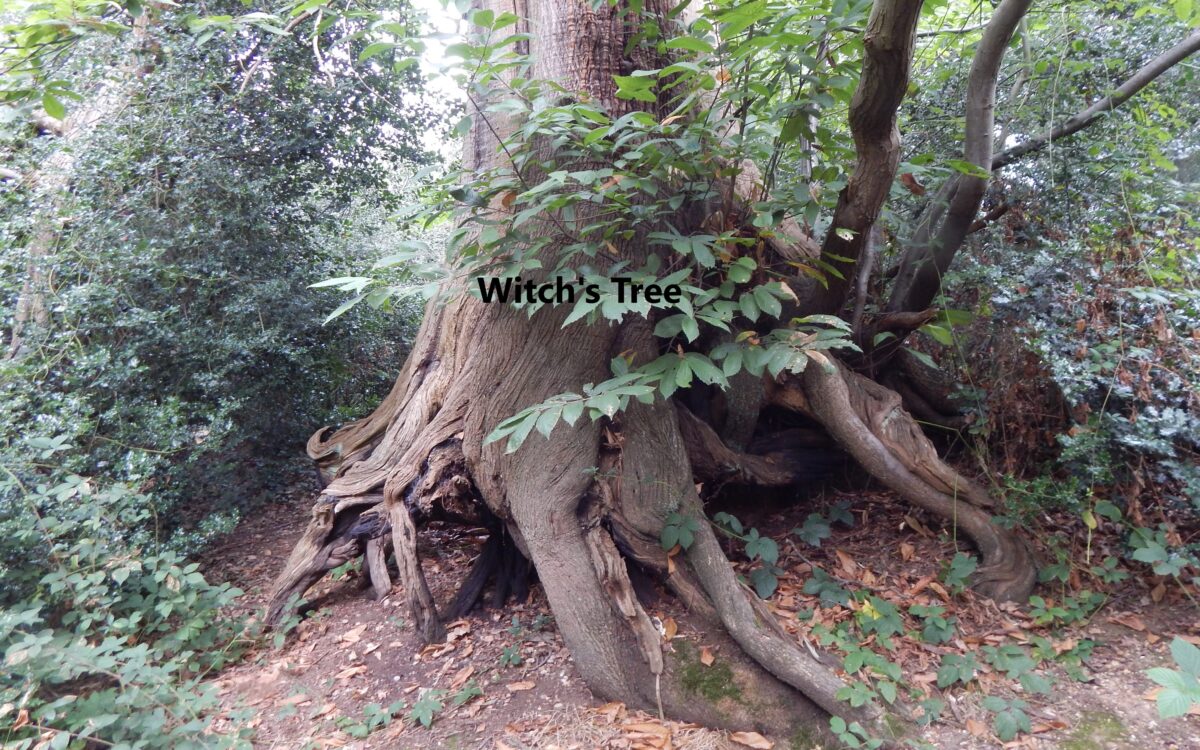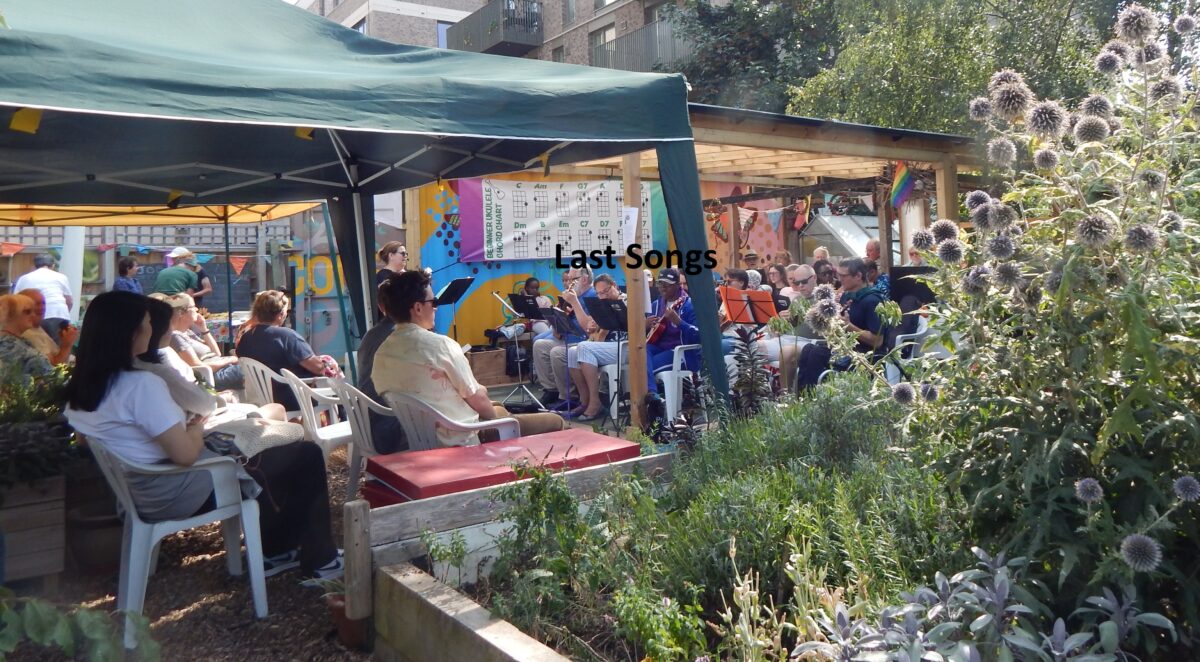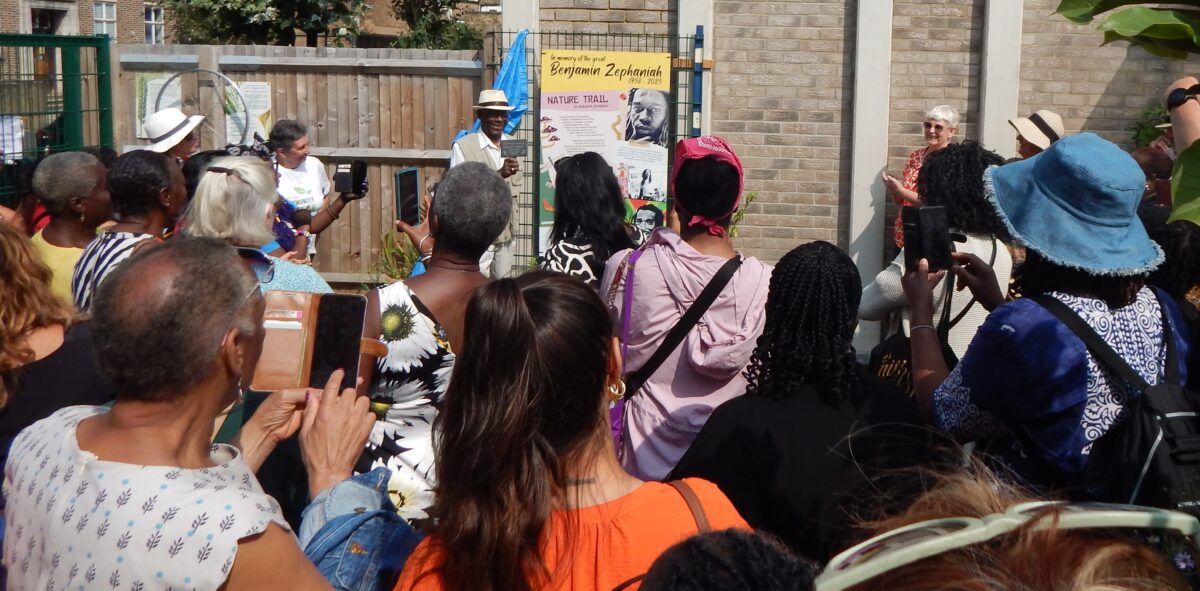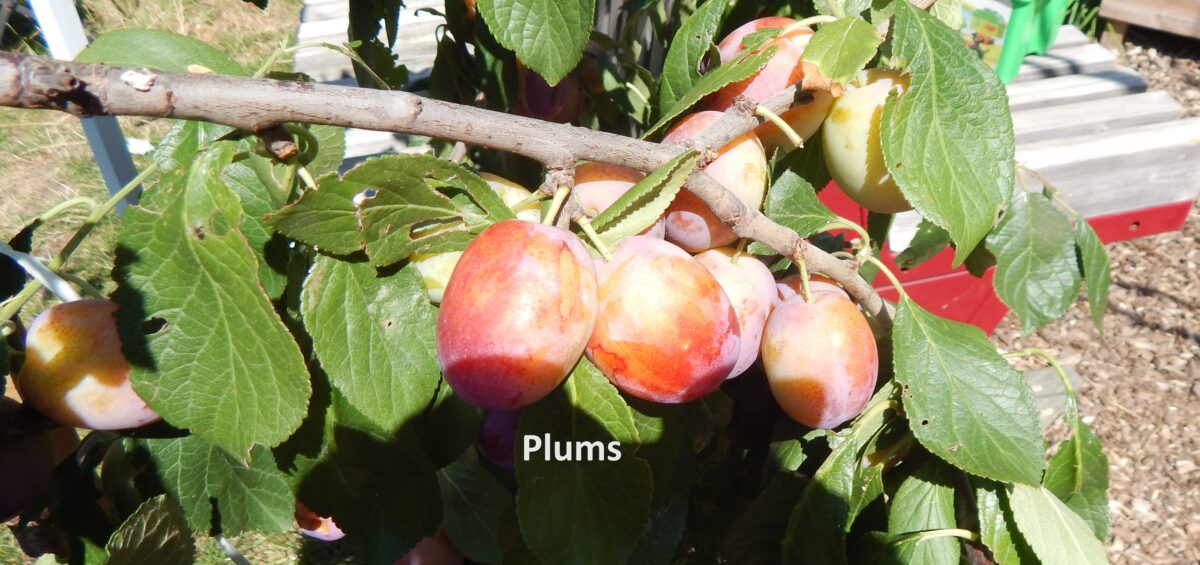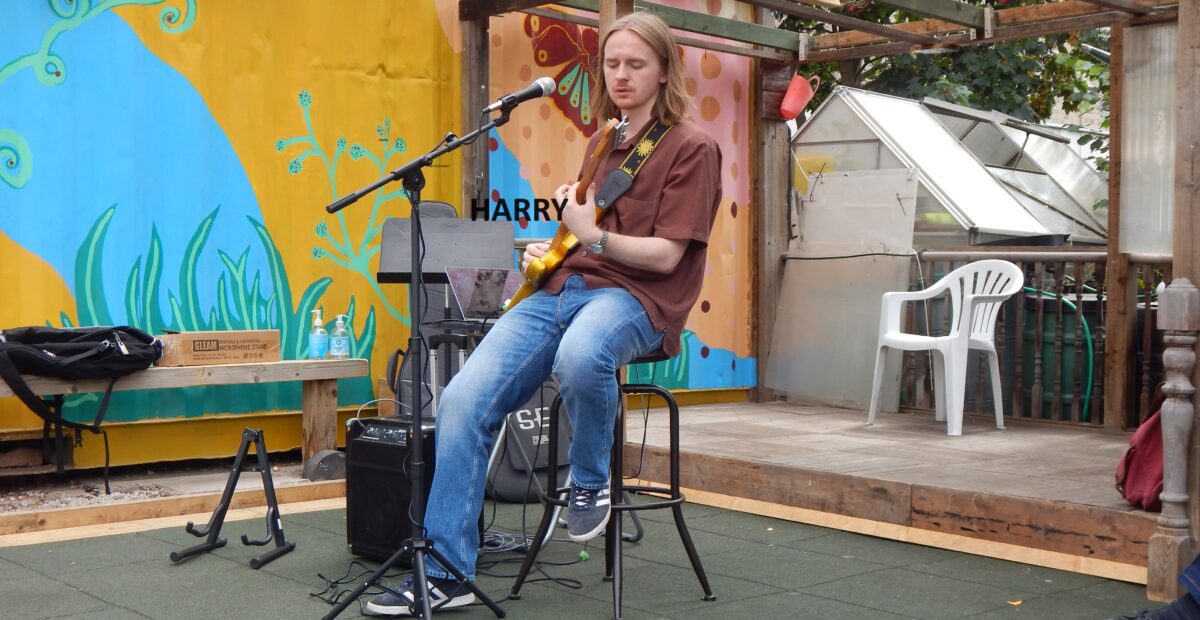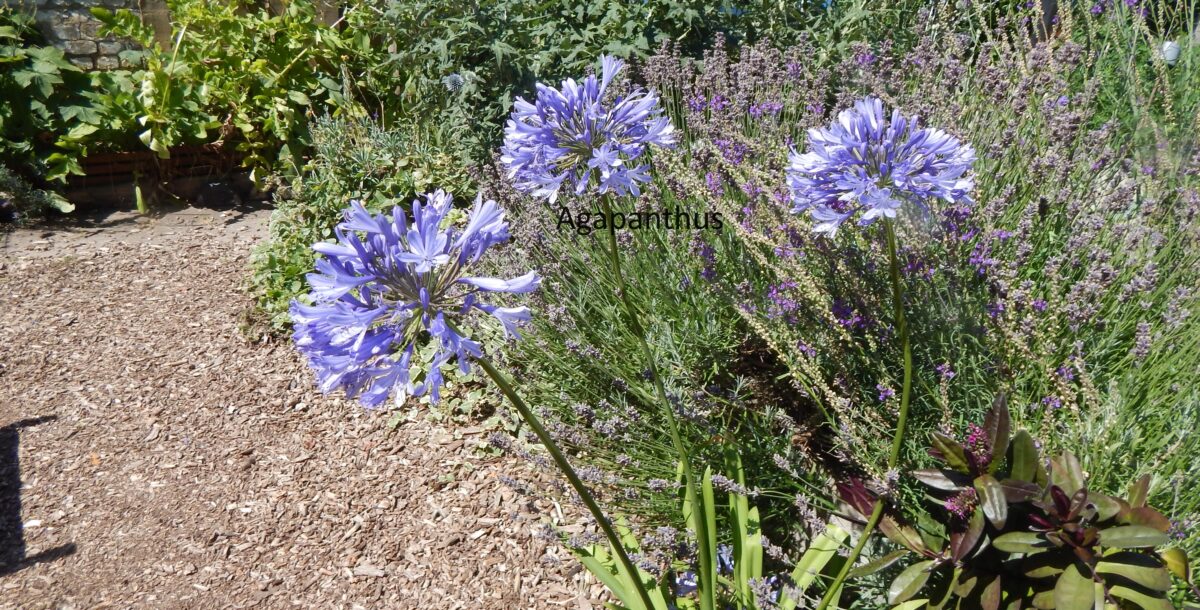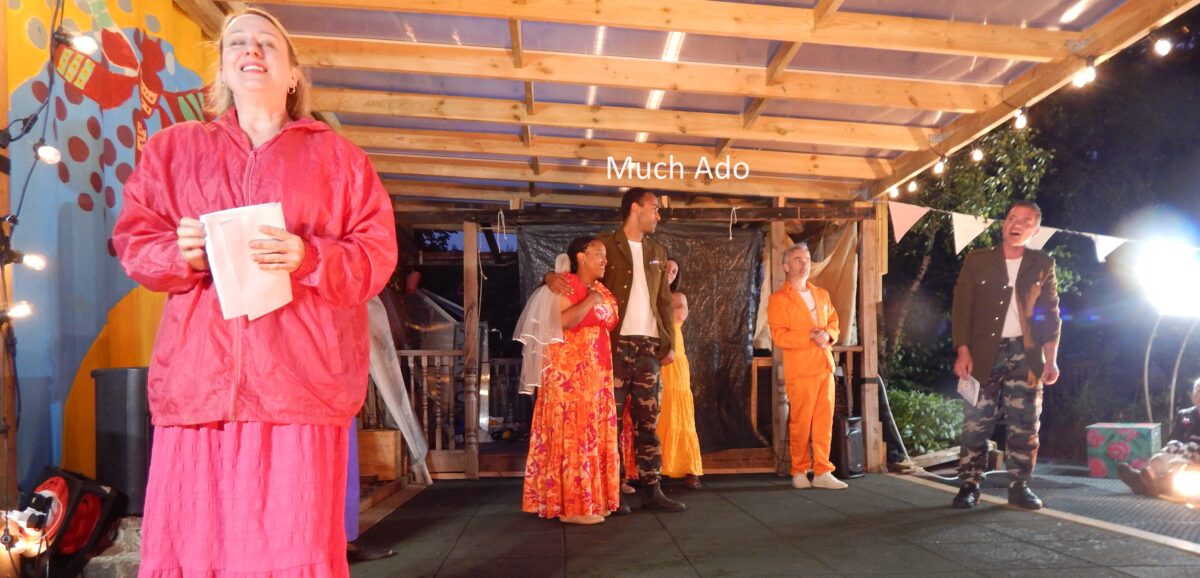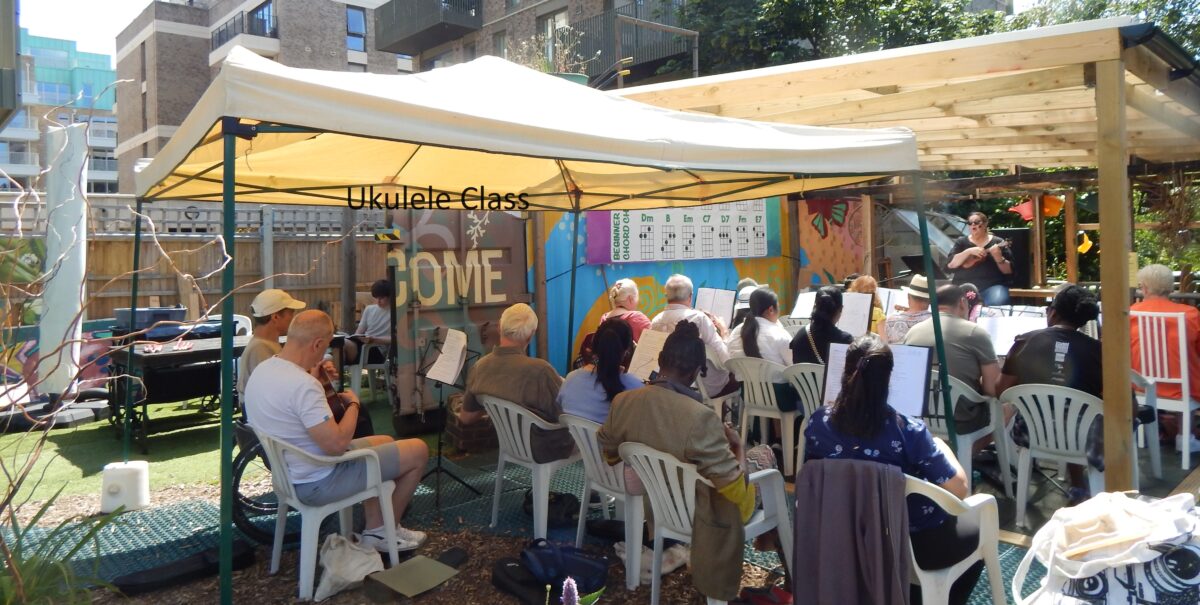I have been reading Insect Crisis by Oliver Milman. It’s quite a tough read as there are so many insect species, and we are mostly given species names such as Coccinella septempunctata (the seven-spotted ladybird). Having got this far, and needing to check the zoological name for ladybird, I got waylaid by this site: It begins: The name “ladybird” originated …
Witch’s Tree – Sunday 22nd Sept, 2024
This week, I have been on search for the Witch’s Tree in Bush Wood, woodland at the northern end of Wanstead Flats. I tried to find it nine months ago for my latest crime novel. I couldn’t find it and decided that one of the characters couldn’t find it either. Well, he does in the end and is found murdered under the canopy.
Last Songs – Saturday 1st September, 2024
I look for spiders in their webs about the garden. This should be their breeding days. I see a web or two but no spiders. It has been so dry and that’s bad for insects and spiders, and for the garden in general. Our water barrels are empty. We have three metre-cubes (IBCs) each with a capacity of a 1000 litres, and smaller barrels too, giving us roughly another 1000. So 4000 litres in total, all used up in watering plants. But we have the hose and we fill up the central cascade of barrels so we can water until this drought breaks.
Benjamin Plaque
And then, I asked the audience who else would like to come to the mic. My fear was nobody would, and I had prepared some readings if this proved to be the case. But six came forward, at least three of whom were teachers. And, if you think about it, who are used to speaking to large numbers daily? Teachers, of course. They spoke of Benjamin’s work in schools, making poetry accessible to children, and getting them writing it themselves. A man spoke of Benjamin’s desire to have children. He was infertile, and so wanted to adopt, but in spite of much effort he was not allowed to because of his police record. This, he found heartbreaking.
A woman told us of Benjamin’s veganism, his refusal to eat any animal products, hating the cruelty of the meat industry. These days, the environmental impact of livestock produces around 15% of climate gases. Benjamin was an honorary patron of the Vegan Society.
Plums – Saturday 10th August, 2024
I am a volunteer in the community garden today. My shift runs from 10 am to 12.30. There’s always two of us on at any time. That’s a safety thing, we haven’t had much trouble, a difficulty person occasionally, but back up is more comfortable. It’s warm and windy, but when the sun goes in the clouds it suddenly chills. …
Harry – Saturday 3rd August, 2024
The weather was warm, but windy, with music sheets blowing. The ukulele band was the first group on. This was led by Misty with around 20 of her students from the Sunday morning sessions. They played and sang folk and pop, mostly well known. Misty did some solos to give her group a break, and to vary the session. Among her solos were Moon River, Jolene and Dream a Little Dream of Me, whose best known rendition is by the Mommas and Poppas in 1968 with lead vocals by Momma Cass. I came into the garden when the whole group was playing Leaving on a Freight Train. It was good to see their first gig.
Agapanthus – Saturday 27th July, 2024
The summer has been wet and warm, on other days a little cool. An English woman living in New York says she yearns for cool, wet British summers as she swelters in east coast heat. Which makes me reckon that in twenty years, we’ll yearn for the cool summers of the mid 20s. Climate change has us firmly in its grip; we cannot assuage our fossil fuel fever. Old habits keep us flying and driving, as if our tiny contribution is of no accord. Multiply that by 30 millionfold.
Much Ado. Friday 14th July, 2024
The garden is very green (not counting plastic grass). All the rain we have had over spring and summer has increased chlorophyll in the leaves, the green pigment that works with sunlight and water to make glucose, giving plants sustenance to grow, and to make yet more greenery. In a drought, the absence of water kills off chlorophyll, unless there’s regular hosing. Though, there’s nothing to beat a good downpour when it comes to giving the ground a real soaking.
All our fruit is coming on well. I note apples, pears and plums, and under the small pergola bunches of tiny grapes. We have planted out some of the tomato plants that were getting too big for their pots, so we’ll have some in late summer to add to our sandwiches.
Ukelele – Sunday, 23rd June, 2024
A tadpole was seen with legs. I don’t see it, the pond water is still green and a little murky, though not as bad as it was a few weeks back. A couple of days ago, I saw blue damsel flies, none today. I see no sign of a bulrush stem, plenty of leaf, higher than the pond irises leaves, but a reluctance to flower, for that’s what the bulrush sausage is, an intense cluster of female flowers. There’s two pairs of water lilies. A grand, surprise of a flower, like a white regal boat, seeming to be floating on the water. They have stems, of course, sometimes visible but more often under the water, hidden under the lily pads. The pond irises have developed their seed heads, like long green lozenges.
Lavender – Saturday 15th June, 2024
Where have all the tadpoles gone? Just a week ago there were hundreds and now there are just a few. I doubt it is predation. There are no big predators, like fish, in the pond. We haven’t seen any tadpoles with legs, so it’s not possible that those hundreds have developed legs and lungs in the last seven days and left the pond. Which leaves two possibilities, the first is shortage of oxygen, but the pond is full of aerating plants and rain brings aerated water too. The second is disease. Disease can kill very quickly, culling high numbers in days, as is the case. To my mind, disease is the likely cause. I can’t think of anything else.

